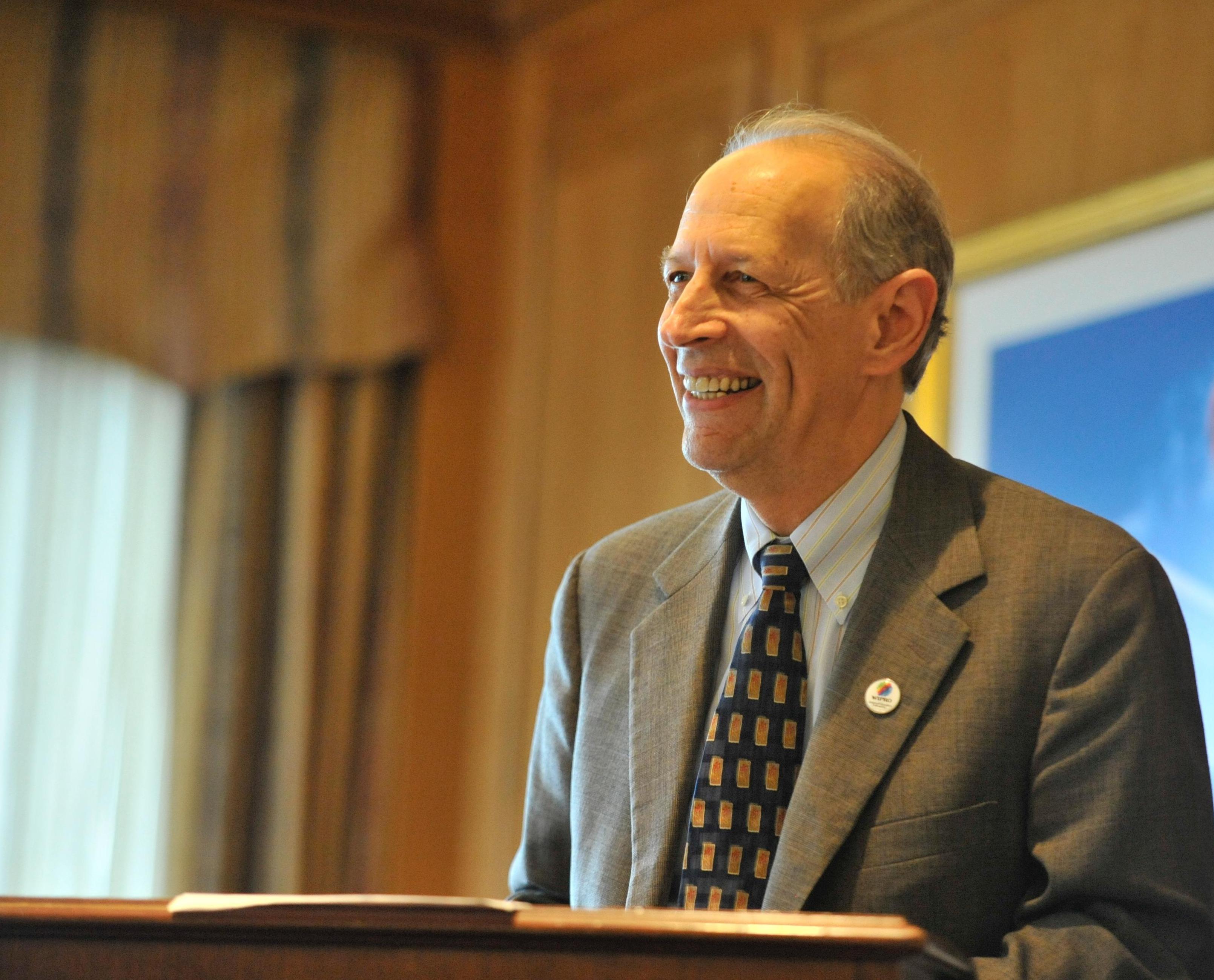Competitions to Support STEM Education and Learning Goals
Every day across the country, teachers rise to the challenge of supporting student learning in science. In their efforts to provide the very best instruction, some teachers overlook opportunities to enrich their classroom experiences through student involvement in competition programs. When appropriately organized and directed, science and engineering competitions can provide a lifelong appreciation of, interest in, and enjoyment of science and engineering activities in much the same way that involvement in sports competitions fosters a lifetime enjoyment of sporting events. Schools recognize athletic, music, and theater talents, as they should. However, we also have to provide ways to hail our science stars: Winning a competition can do that.
Students from Chapman Hill Elementary School in Salem,Oregon, envisioned SMART Moves, a flexible bodysuit equipped with pressure sensors, accelerometers, and more, as a potential future solution to mobility issues for their winning entry in the Toshiba/ NSTAExploraVision competition.
For six years, the White House Science Fair has celebrated winners from a broad range of science, technology, engineering, and mathematics(STEM) competitions from across the United States. This year, monetary and scholarship prizes will be awarded to student participants in longstanding prestigious competitions, including the Siemens Competition in Math, Science, and Technology; the Google Science Fair; the FIRST Robotics Competition; and the Toshiba/NSTA ExploraVision Competition. Competition programs can add incentives to learning science, augment current curriculum, and provide a creative outlet for students while fostering integration with the Next Generation Science Standards. For example, for the ExploraVision competition, student teams identify a present technology, then speculate how that technology will have changed 20 years from now. They must investigate the science and engineering breakthroughs that will be necessary to make their vision a reality. Recognizing that all technologies have both positive and negative consequences, they must also identify the potential effects of their technology on society.
This year, Congress passed the Every Student Succeeds Act (ESSA), which replaced No Child Left Behind. Per the new federal education law, state and district leaders must engage in meaningful consultation with a broad range of stakeholders, including families, students, educators, private school officials, and community partners, when developing state accountability plans and deciding on the use of ESSA funding. The act has a strong emphasis on STEM education. Educators can benefit by using project-based learning and competition programs to foster STEM education. In the landmark report, Education for Life and Work: Developing Transferable Knowledge and Skills in the 21st Century (NRC 2012), the National Research Council explains how “deeper learning” is gained through facilitating opportunities such as a) case-based learning of real-world situations; b) multiple, varied representations of concepts; c) collaborative, self-directed, life-wide, and open-ended learning; d) learning for transfer across life beyond the classroom; e) interdisciplinary studies showing how different fields complement one another; and f ) personalized and connected learning that encourages students to confront challenges and pursue opportunities that exist outside of their classroom and schools. Competition programs, which can encompass all of these opportunities, facilitate this “deeper learning.” According to the National Center for Education Statistics, about 50.1 million students attended public elementary and secondary schools in 2015. The U.S. Department of Education estimates jobs in the STEM fields will increase up to 62% by 2020. It is apparent to the government that educators are working to help our students meet this demand, and it is also important for more corporations (domestic and international) to increase their involvement.
The success of longstanding and widely recognized competitions like the Google Science Fair and Toshiba/NSTA ExploraVision can serve as models for other corporations. Teachers and scientists can work with industry partners and incorporate these opportunities into the classroom. As corporations step up to support science through competition programs, teachers must also step up by introducing their students to these programs.Teachers can encourage students to“give it a try” and “do their best” andthereby offer students the satisfaction of having participated.

Arthur Eisenkraft is the Distinguished Professor of Science Education, professor of physics, and director of the Center of Science and Math in Context (COSMIC) at the University of Massachusetts Boston. He has been involved in the ExploraVision competition, the Duracell/NSTA Scholarship Competition, and the NYNEX Science and Technology Awards competition, and initiated the participation of the United States in the International Physics Olympiad. He can be reached at arthur.eisenkraft@umb.edu.